

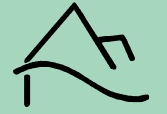
Outstations and Related Locations
Over the years numerous opportunities have arisen, both in the UK and abroad, for Reynolds to offer advice to others planning similar research and, on occasion, to work on such sites himself .... a case in point being the earthworks and crop studies at L'Esquerda in Spain.
Peter Reynolds earliest work was carried out in the Vale of Evesham, Worcestershire. Later, the Trustees of the Avoncroft Museum of Building, Stoke Prior, Worcestershire invited him to continue certain elements of his studies into the Iron Age on their site, including further building constructs. Click here to view a copy of the leaflet dated 1969. Below are two images of roundhouses he created at Avoncrof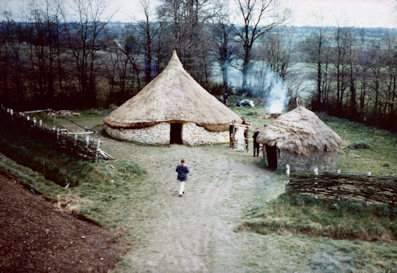 t.
t.
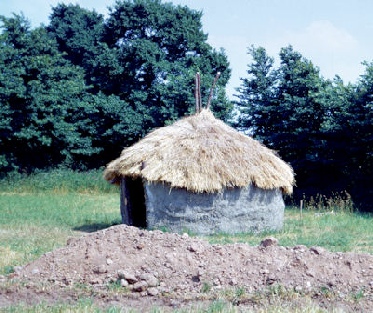
The left shows a construct of a post-
The right shows a construct of a stone hut based on excavations of Conderton Camp, Bredon Hill. This is very reminiscent of a building put up by Peter as part of a project at St Fagans, Cardiff for the Welsh Museum of Rural Life, much later in the 1990s.
Another early site in which Peter Reynolds was involved, as consultant and for which he provided design details, was at Grimsby. The work commenced in May 1987.
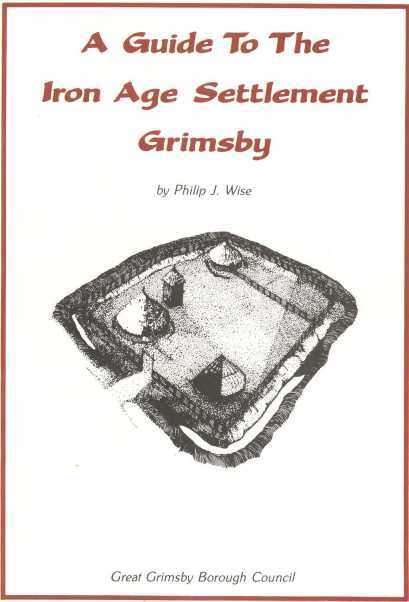
For those who may wish to delve deeper into this project there was report in 1989 : Wise, P.J. "Go and build an Iron Age House they said" -
In February 1992, Peter Reynolds was invited to the Matrica Museum, Szazhalombatta, Hungary. He discussed details of his work in the context of their plans for an Archaeological Park on a multi-
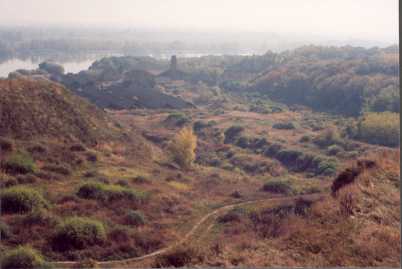
Much of Peter's last work was in Spain, while a Visiting Professor at Barcelona University. It is this work on the site at L'Esquerda that comes closest to the detail of work at Butser. However, the general setting could not be more different, as seen in the view below, for the crop trials fields.
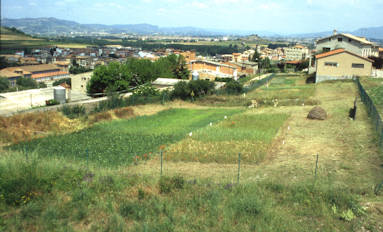
Another surprise arose, when the earthworks ditch was dug in the local limestone basement rock . At the time of preparing the ditch, the view was superficially similar to that at other sites in the UK [left view] but, once weathering had started, then the ditch became pronouncedly different in appearance[right view]. The erosion was perhaps aggravated by the summer dryness preventing sufficient plant colonisation to protect the ditch faces from winter rains. 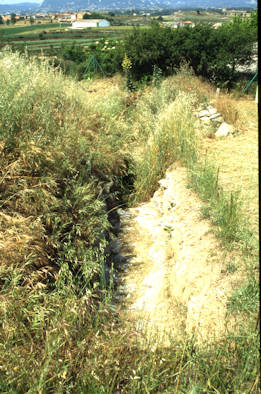
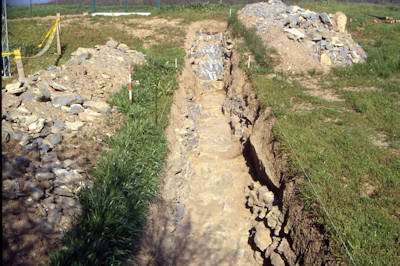
The experiments at L’Esquerda continue.
In the late 1990s, Peter Reynolds was involved in the formation of EXARC, an organisation now representing archaeological open-